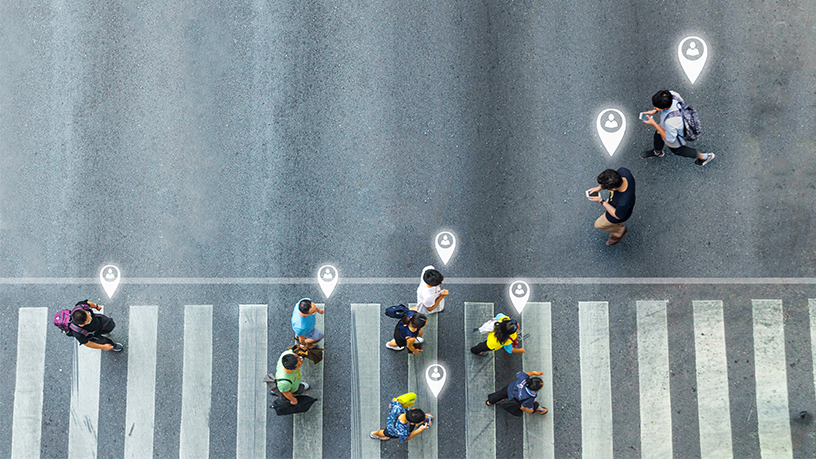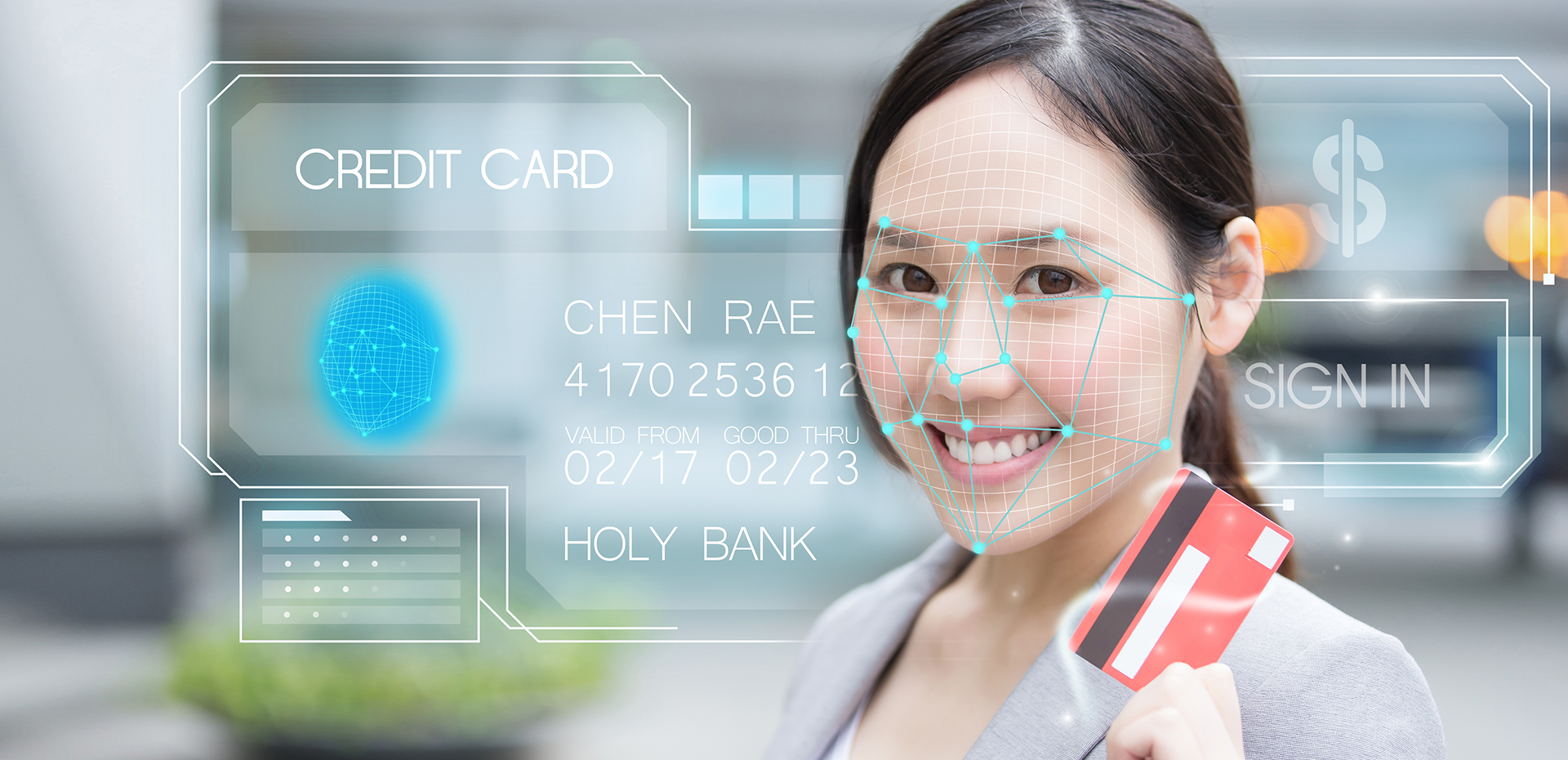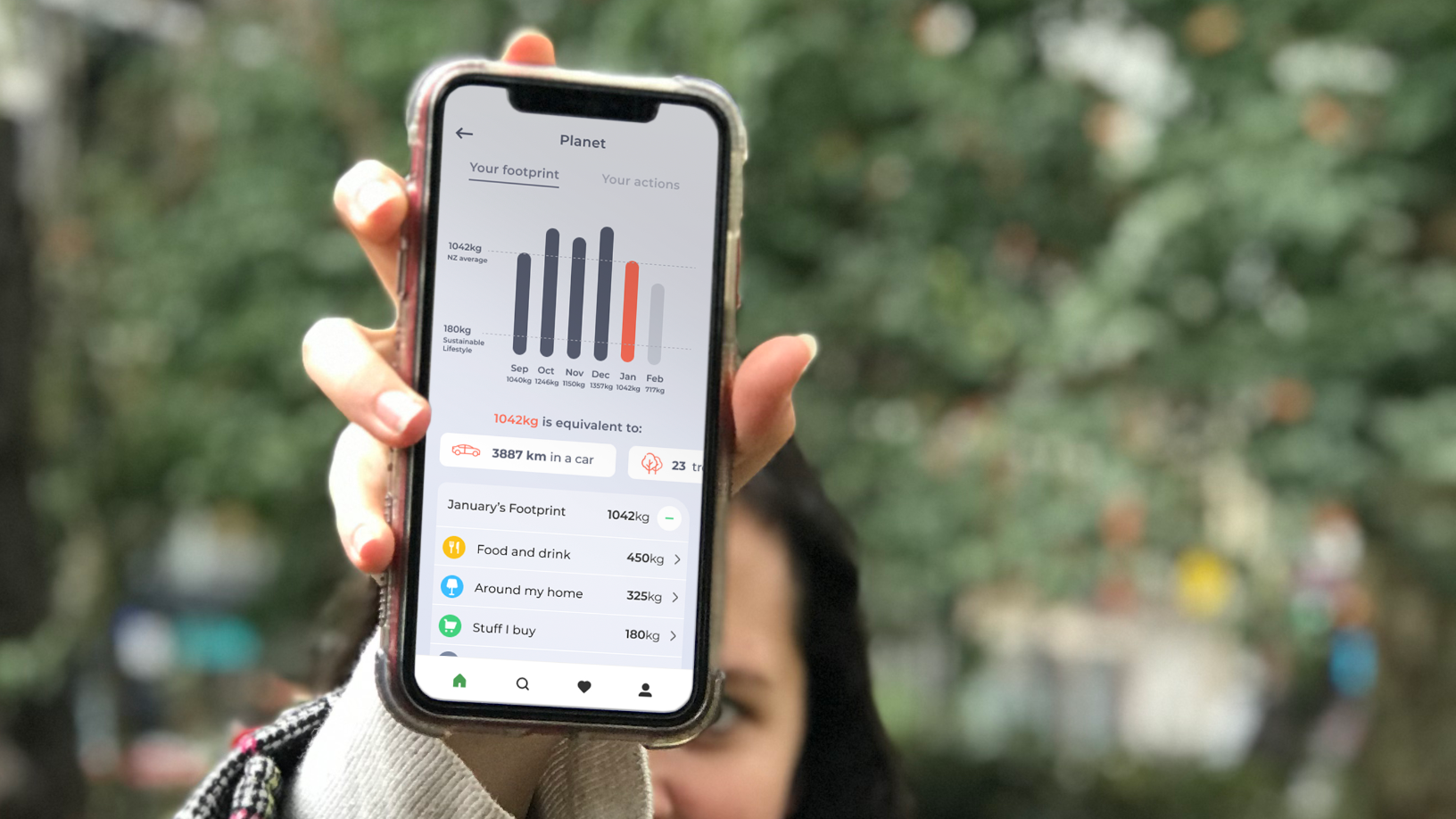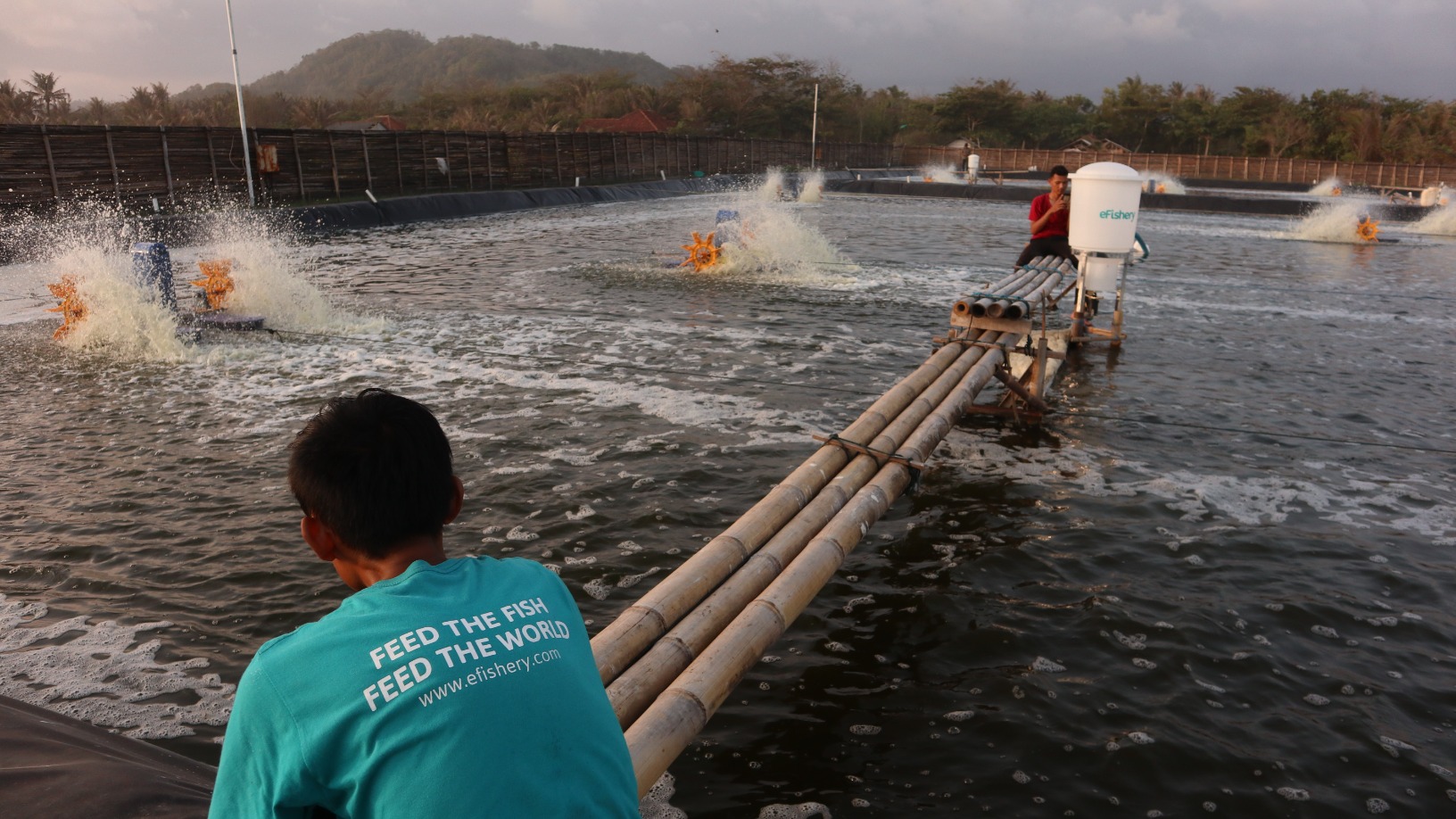Sixty per cent of mobile phones emit a signal that can be detected by nearly any sensors available on the market and Barcelona-based Foot Analytics is exploiting this potential by analyzing pedestrian movements to create relevant data for businesses.
Every second, sensors detect thousands of Wi-Fi signals in what is called a “digitalizedspace.” “If an iPhone has the Wi-Fi signal switched off we cannot detect it, but that lasts for only 24 hours," said Akira Taniguchi, Foot Analytics CTO and co-founder. "The day after, it will automatically switch on again. For Android phones, it’s different. Even if you switch it off, sensors continue to detect it.”
Sensors are just a means of gathering information. The real intelligence behind Foot Analytics is its team of data scientists who clean up and refine the raw data and translate it into insights that companies can use to make more informed and strategic business decisions.
Foot Analytics was born six years ago in a garage that, ironically, had no network coverage. Today, the company is based in Barcelona's Activa technology park and has over 1,000 sensors installed across eight countries.
CompassList interviewed Taniguchi at the Smart City Expo World Congress in Barcelona last November.
This interview has been edited for length and clarity.
Q. How does Foot Analytics work and what inspired you to create it?
AT. Our CEO Miquel Gummá and I have been friends since university and we’ve always discussed different business projects. One day, we started to test an idea here in Barcelona that provided tourists with Wi-Fi access but it didn’t work out even though we learned a lot about the technology.
I also worked for a period in the Innovation department of Deutsche Bank, where my boss told me about a company using vehicles’ Bluetooth sensors to calculate how long it takes to move from A to B. I started to think that instead of adopting vehicle sensors, it would be much more interesting to gather pedestrian data, combining Wi-Fi and people. That’s how the idea of Foot Analytics came about.
We wanted to capture mobile Wi-Fi signals to detect people’s presence in a given space and understand their behavior. This technology allows new and returning customers to be tracked, measuring how much time they spend in a shop but also tracking customers that have previously tried a restaurant and are now just passing without entering. We started with retailers and car dealers and more recently, we added big spaces like neighborhoods and football stadiums such as Ajax in Amsterdam.
Do you see any other potential applications, e.g., in hospitals, airports and museums?
We will integrate our solutions in museums in Barcelona. We’ve also received a request to deploy our solutions across 130 libraries in Catalonia, where, until today, they have only tracked the number of borrowed books. Additionally, we have a pending project in Mexico with two large Wi-Fi providers, Sitwifi and SamaWiFi, which have asked us to integrate our solutions in airports.
Airports are actually quite similar to stadia. Both are looking into similar commercial data such as how many people are shopping in duty free stores or how many people are leaving their seats to buy food and drink. Data that relates to security is extremely important, too, such as turnout peaks or monitoring orientation issues.
How is data collected? How do you ensure customer privacy?
We detect people’s behavior in an anonymous way – “anonymous” because we detect only a phone's Wi-Fi signal. This data set is good enough to calculate and understand performance in the space being analyzed.
Where do you place your sensors?
At the edge of each district we are monitoring. It could be street lights, retail sites or existing public networks. Router manufacturers are now producing top-range products that capture big data and enable other companies like us to access it. Such an example would be the routers installed here at Barcelona's Fira, which number over 3,000. Up until five years ago, this was the biggest Wi-Fi installation in the world.
Foot Analytics has sensors installed in all Seat dealers in Spain and several retail chains in Spain, while 5% of our sensors are installed abroad. We will soon expand internationally thanks to an agreement we signed with a client in the automotive sector. They asked us to integrate Foot Analytics across their retail sites in Europe. We will start with 1,000 and later scale up with 2,000 more.
In which of these sectors is Foot Analytics getting most traction and why?
About 30% of our clients come from the retail sector, 20% are big spaces and the remaining 50% is automotive, where we have expanded rapidly and easily because we provide KPIs that reveal how many cars a given brand can sell in a day.
As of today, no other technology in the industry is able to capture this data.
What is the competitive landscape? What are the advantages of your analytics to help clients grow their business?
Most competitors are using data collected by big companies such as Cisco, which has developed a product called CMX that captures data and provides analytics heat-maps. However, the raw data Cisco collects is different to what we use to create our analytics.
Another alternative can be counters, which are used to calculate the number of people entering a given shop in a day. The problem with counters is that they also count employees that go in and out of the shop twice or more each day.
A car dealer, for instance, is not a Zara shop. If you have a customer coming into a Zara shop twice in the same week, it represents two sales opportunities. For the car dealer, however, a returning customer in a short period of time is considered a unique sales opportunity. Another example is if a client visits a car dealer once with the family and the second time with a friend. Our technology is capable of recognizing the same client’s phone, counting it as a single sale opportunity.
By combining our data with the marketing data of our clients, we are able to calculate the cost of each sale (customer acquisition costs). We are also working with shopping malls to capture analytics such as how many people go to the mall just to eat at restaurants and those who go just for shopping. We can also measure which shops in the mall get the most visits.
What technology are you using and how is data delivered to clients?
We capture a large amount of data and our powerful team of data scientists refine the data we collect. Nowadays, we are surrounded by devices emitting signals, so you can imagine how difficult it can be to clean up the raw data. For this reason, we have developed over 40 algorithms to clean up big data and convert it into relevant data. We provide this data to clients in an intelligible way through a user-friendly dashboard. We have a small team specifically dedicated to that.
What is your business model?
We charge a recurring monthly fee per covered area and the volume of data that has to be captured. In retail, this fee ranges between €20 and €100, while in larger areas and public spaces the price goes up to €3,000.
When did you start to commercialize your solutions? What has been your revenue growth YoY?
We launched commercially in 2015. Over the past three years we have grown 30-40% YoY. We are looking to double turnover in 2020 thanks to a commercial agreement with a big automotive client.
There’s still lot that has to be done in Europe with regards to accessibility to new technologies
What has been your funding to date? Are you looking to open a new round of fundings in the near future?
We started with a first round of funding in 2015, in which we raised €200,000 from the IESE Business Angels Network and 3Fs. Another €200,000 came from the public funds of ENISA and ICF, along with awards from the Spanish government's CDTI and the Torres Quevedo National Research Award. We later increased capital with an equity loan from founders. In the first quarter of 2020, we are looking to open a new round of fundings.
What are the biggest challenges you've faced so far?
Getting clients is always one of the biggest challenges in business. In advanced countries, startup founders get to focus on their product and technology because the ecosystem is smart enough to understand and to buy the solution offered. Here in Spain, the reality is utterly different. We end up spending lot of time looking for investors yet also convincing clients to buy our solutions. There’s still lot that has to be done in Europe with regards to accessibility to new technologies. We somewhat lack the pioneering spirit. Especially here in Spain, there’s lot of risk aversion for whatever is new and unknown.
When we meet a potential client, we provide precise estimations that prove how the business can benefit from our solutions. If you put lot of intelligence into your product and process and you have considered all the different variables affecting results, the risk of failure is considerably minimized. When our clients acknowledge that the risk of failure and the initial investment is very minimal, then it’s easier to convince them to sign up.
What milestones are you looking to achieve in 2020?
We want to expand into the transportation sector but this depends on an Horizon 2020 funding that would further support the development of this business line. We have already developed connected transport solutions based on behavior analysis of bus passengers and we are currently running a pilot in Madrid with a local bus transportation company.










